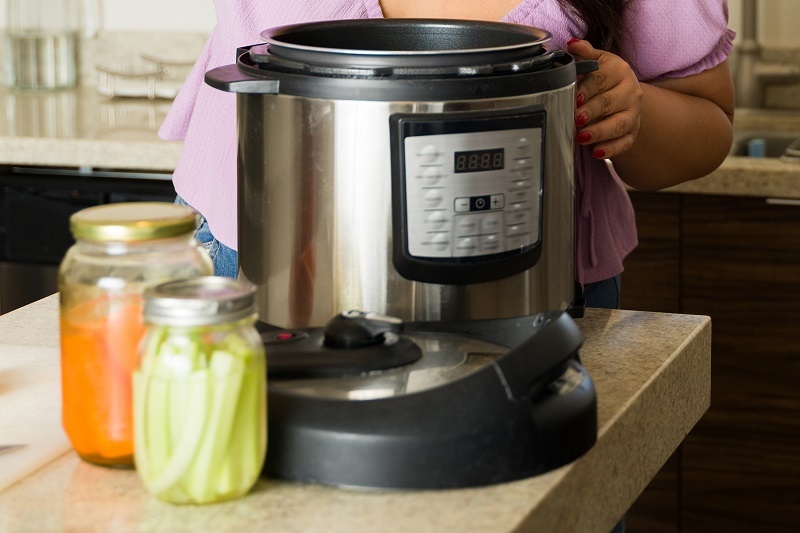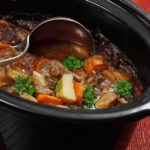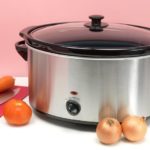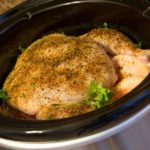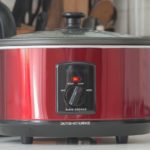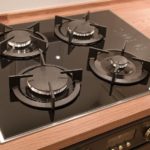Slow cookers are quickly becoming a must-have for those who live busy lives but love a homecooked meal at the end of the day.
These cheap appliances allow you to throw a bunch of ingredients into the cooker in the morning and come home to a delicious, warming meal in the evening.
Plenty of recipes have been written specifically for slow cookers. Still, it’s also common practice to adapt a favourite recipe so that it can also be cooked using this appliance.
This generally works well for stews or casseroles, but it can be hard to know what to add when cooking other dishes, particularly those that aren’t cooked in a sauce.
Can you dry-cook these foods like normal? Or do you need liquid in a slow cooker?
In general, your slow cooker does require liquid to work correctly. However, it may not be in the way you imagine. Read on for a detailed guide.
Is It Safe to Use a Slow Cooker Without Liquid?
To cook food properly, slow cookers require some liquid. To understand the reason for this, let’s take a quick look at how slot cookers heat food:
- The appliance heats up and warms the liquid inside.
- When heated, this liquid evaporates and creates steam.
- The steam is then trapped by the lid of the appliance and condenses.
- The liquid drips back down the side of the appliance and into the food.
The water continuously recirculates, adding moisture to your food and increasing the internal temperature of the cooker without increasing its energy usage.
In fact, this heating method makes slow cookers extremely energy efficient despite running for hours at a time!
The form this liquid takes does not matter; the process will work the same whether you use water, tinned tomatoes, wine, or stock.
It’s also possible to increase the liquid content in a slow cooker through the use of marinades and oil.
The former works well when cooking meat, while the latter is great for recipes like this one for roast potatoes.
Some foods, such as fatty meat, already have a high enough water content themselves that no added liquid is required. In these instances, dry cooking is possible in your slow cooker.
This being said, we recommend submerging these foods in liquid if you want them to be soft and easily break apart.
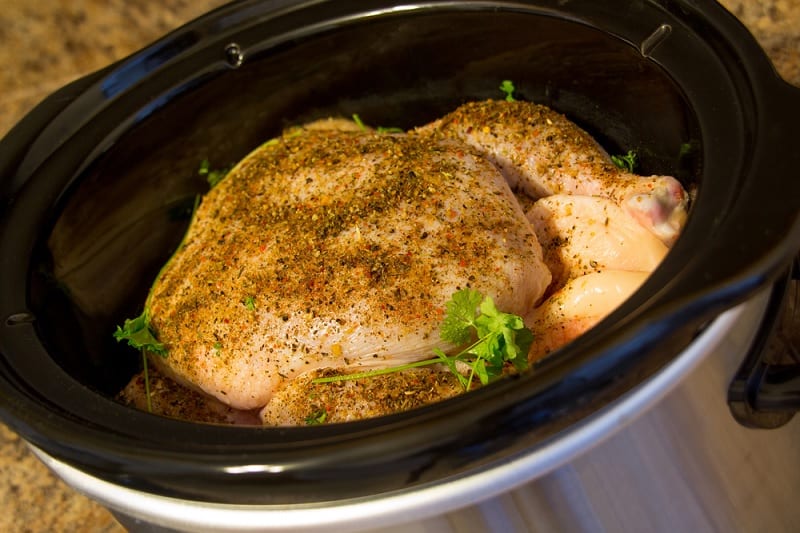
What Happens If You Put Too Much Liquid in a Slow Cooker?
Because slow cookers require a lid to work properly, any liquid that is added to the pot cannot evaporate as it would when cooked on the hob. This means you must be careful when adding liquid to a slow cooker, as a meal can quickly become too watery.
As a rule, the amount of liquid you would usually add to your recipe when cooking on the hob needs to be reduced by a third when using a slow cooker. At most, your cooker should not be more than ¾ of the way full.
If you do accidentally add too much liquid to your slow cooker, it’s not the end of the world. Your food will be edible; it just may also be slightly overcooked and a bit bland.
However, there are a few things you can do to try and rectify the issue:
- Drain the excess liquid using a colander
- Remove the lid from your slow cooker towards the end of the cooking time so that some of the liquid evaporates
- Add a thickener (such as plain flour or one of these alternate options) to the sauce
You can also add more of your seasonings nearer the end of the cooking time if your dish has become too watered down and bland. We recommend taste-testing your meal first to ensure you don’t overdo it!

Top Tips for Using a Slow Cooker
Aside from adding too much or too little liquid, there are a few other common mistakes that people make when using a slow cooker.
To avoid these mistakes yourself, we recommend using the tips covered below:
- Vegetable placement: When cooking vegetables in a slow cooker, try to arrange them on the bottom and sides of the pot. Vegetables tend to take the longest to cook in a slow cooker, and this will bring them closer to the heat source.
- Frozen food: Always defrost food before adding it to a slow cooker. Not only will frozen foods increase the water content in the pot, but they will also take longer to heat up. This is especially bad when using frozen chicken or meat, as it increases the chances of bacteria growth, therefore making your meal unsafe to eat.
- Removing the lid: Once you have turned on your slow cooker, resist the temptation to lift the lid and look inside. Every time the lid is lifted, the temperature in the pot will reduce, causing the cooking time to increase. The exception to this is if you are reducing your liquid content toward the end of cooking.
- Overfilling: When adding your ingredients to the slow cooker, leave at least one inch of free space at the top of the pot. This gives you some leeway in case the food boils over and ensures that the lid will sit flat and trap in the heat.

Hannah is a freelance content writer and self-proclaimed foodie. When Hannah isn’t sitting tapping at her laptop, you’ll probably find her in the kitchen. As an ex-chalet host, she’s used to cooking four-course meals for 10+ people and loves feeding friends and family whenever possible.

